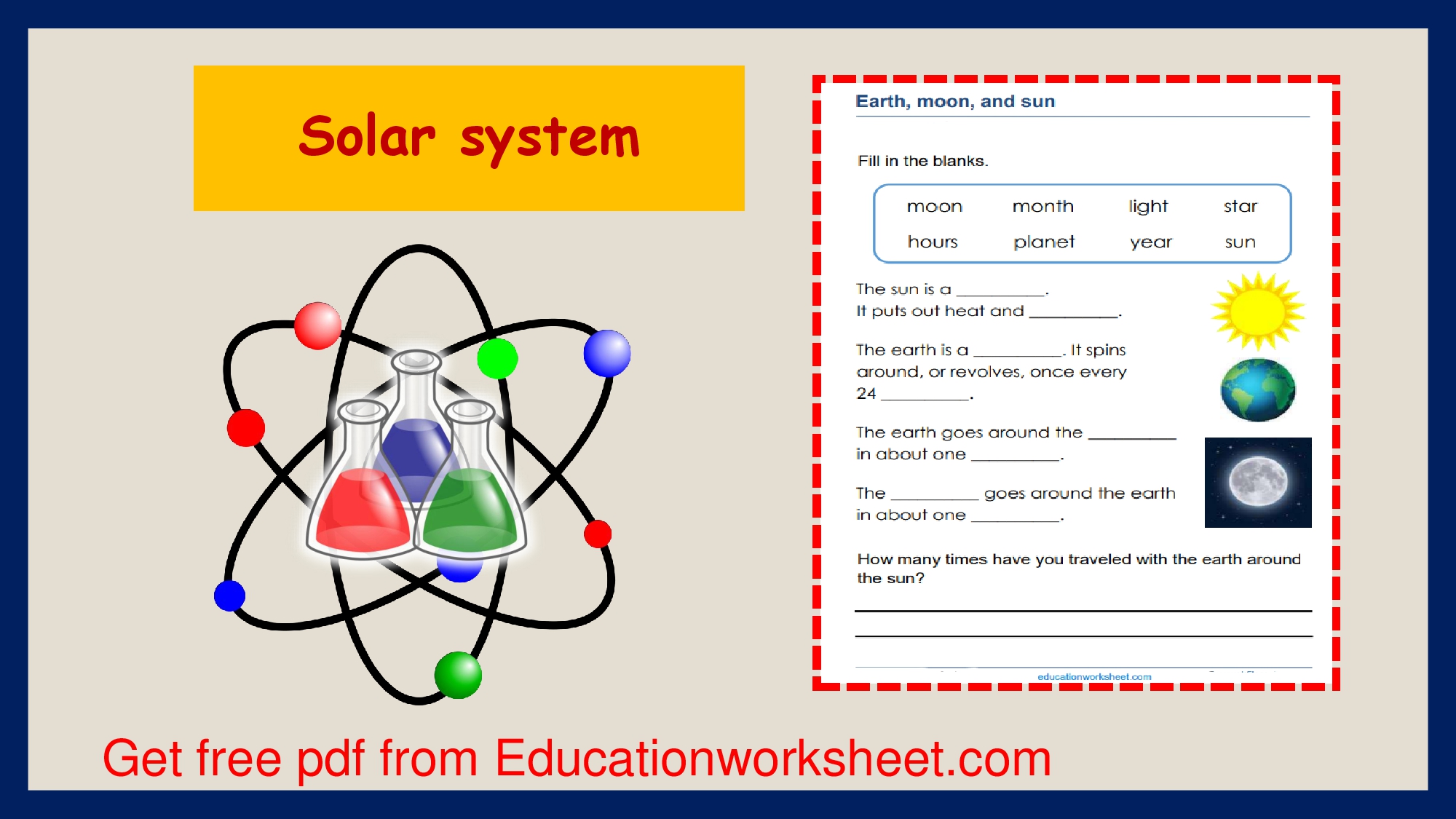Solar system facts for kids worksheets.
Solar system facts for kids worksheets.
The solar system is a vast celestial system centered around the Sun, consisting of various celestial bodies, including planets, moons, asteroids, comets, and other objects. Here are some basic facts about the Solar system facts for kids worksheets.
The Sun:
The Sun is the central star of the solar system and provides the gravitational force that holds everything else in orbit around it. It accounts for about 99.86% of the total mass in the solar system and is primarily composed of hydrogen and helium.
Planets:
There are eight recognized planets in the solar system. In order of increasing distance from the Sun, they are Mercury, Venus, Earth, Mars, Jupiter, Saturn, Uranus, and Neptune. These planets come in a variety of sizes, compositions, and characteristics.
Dwarf Planets:
In addition to the eight planets, there are also dwarf planets such as Pluto, Eris, Haumea, Makemake, and Ceres. These objects share some similarities with planets but have not cleared their orbits of other debris, a criterion for full planetary status.
Moons:
Many of the planets and dwarf planets have natural satellites or moons that orbit around them. Earth has one moon, while other planets have multiple moons. Jupiter’s moon Ganymede, for example, is the largest moon in the solar system.
Asteroids and Comets:
The solar system contains numerous asteroids, which are rocky objects that primarily reside in the asteroid belt between Mars and Jupiter. Comets, on the other hand, are icy bodies that originate from the outer reaches of the solar system in the Kuiper Belt and Oort Cloud. When comets approach the Sun, they develop tails due to sublimating ices.
Orbital Dynamics:
The planets in the solar system orbit the Sun in elliptical (oval-shaped) paths called orbits, following Kepler’s laws of planetary motion. These orbits are roughly coplanar, meaning they lie in the same plane.
Inner vs. Outer Planets:
The solar system can be divided into inner and outer regions. The inner planets (Mercury, Venus, Earth, and Mars) are rocky and relatively small, while the outer planets (Jupiter, Saturn, Uranus, and Neptune) are much larger and composed mainly of gas and ice.
Solar System Formation:
The solar system is thought to have formed about 4.6 billion years ago from a rotating cloud of gas and dust. The Sun formed at the center, and the leftover material formed into planets and other objects.
Space Exploration:
Humans have sent numerous spacecraft to study various celestial bodies within the solar system. Notable missions include the Apollo program (which landed humans on the Moon), the Mars rovers (such as Curiosity and Perseverance), and spacecraft like Voyager, which have ventured far beyond the solar system.
Vastness:
The solar system is incredibly vast, with the most distant known object, the dwarf planet Eris, orbiting the Sun at a distance of over 96 astronomical units (AU), where 1 AU is the average distance from the Earth to the Sun (about 93 million miles or 150 million kilometers).
These are some of the fundamental facts about our solar system. Ongoing scientific exploration continues to deepen our understanding of the solar system and the universe beyond.Solar system facts for kids worksheets.

